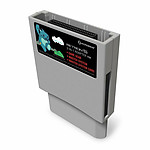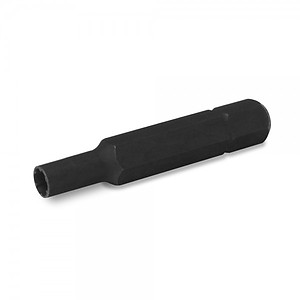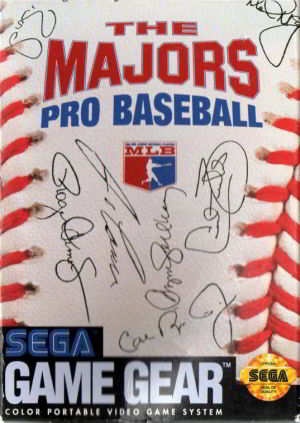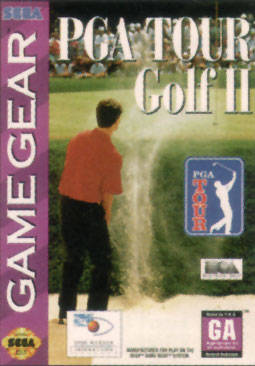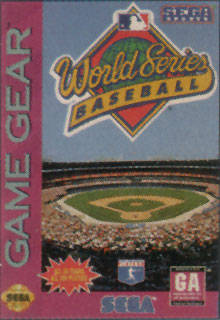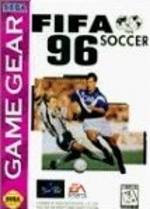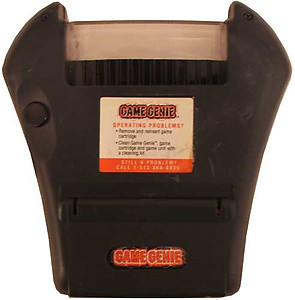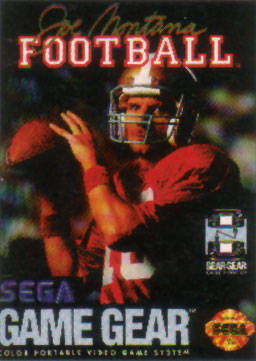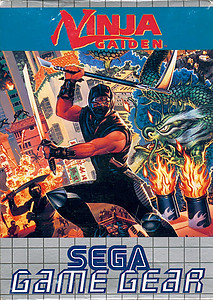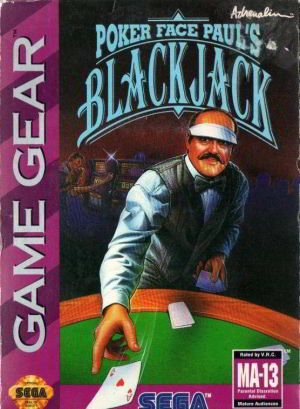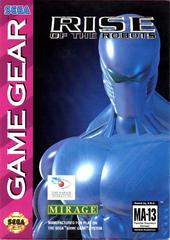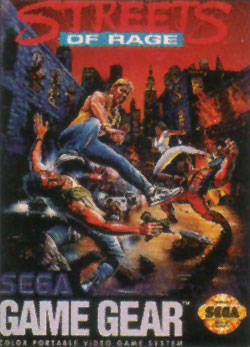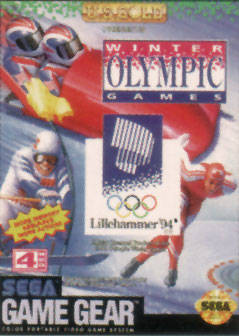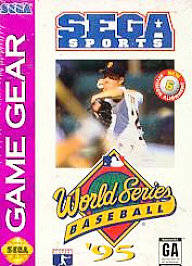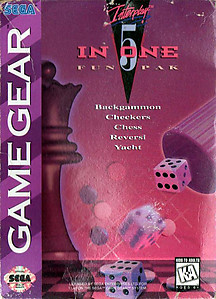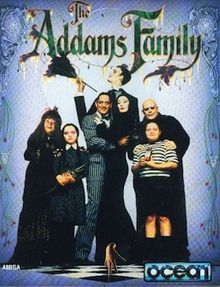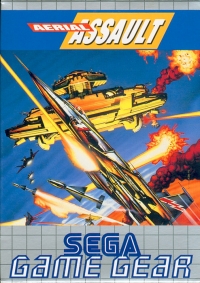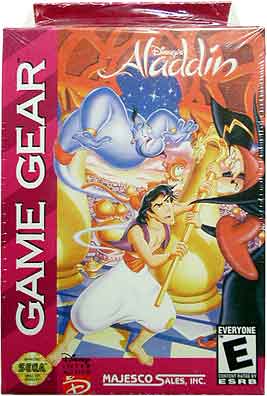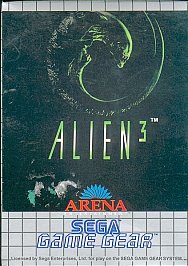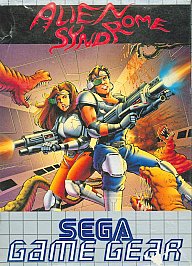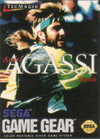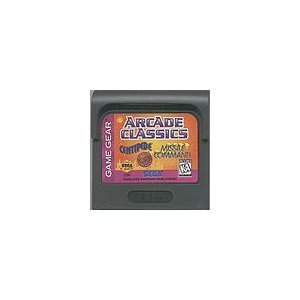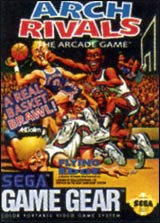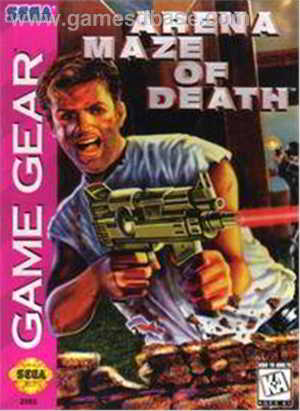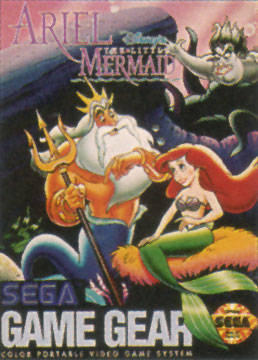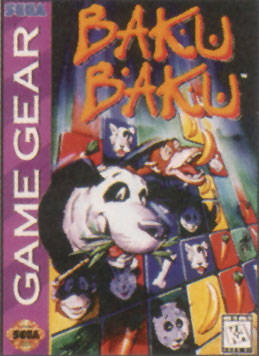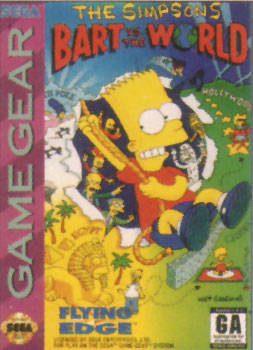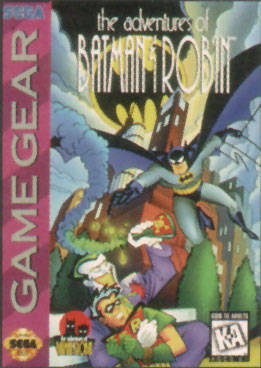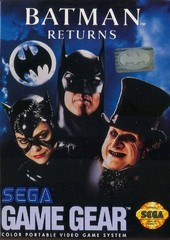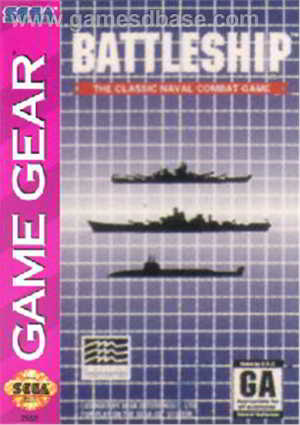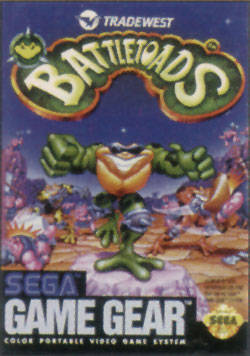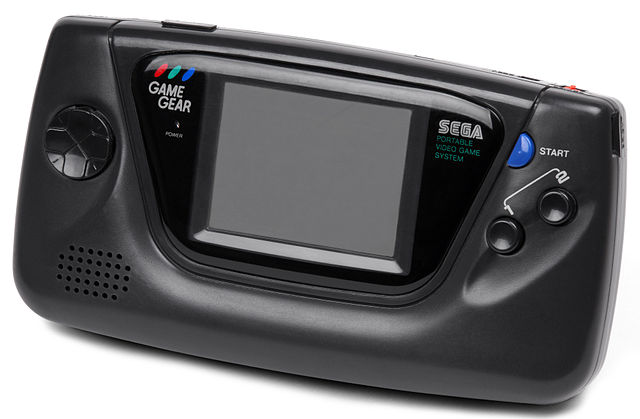
Buy, Sell, and Trade Game Gear Games and systems.
Japan's hottest selling color portable video game, Sega's new Game Gear, is now available in the US. Game Gear boasts a bigger screen than Gameboy and the more expensive Turbo Express. It has the sharpest picture of any portable screen in its price range. And an optional TV tuner that turns Game Gear into a portable color TV set. Game Gear titles feature arcade blockbusters like Shinobi, Super Monaco GP and G-LOC
Game Gear Goes Everywhere So You Can Play In the Car, On the Bus, or Waiting in Line. Play the Hottest Video Games From A Huge Selection of Arcade, Sports and Action Titles. Full Color, Hi Resolution 3.2 Inch (Diagonal) Backlit LCD Screen Gives Great Detail, Even In the Dark! 32 Blazing Colors For Arcade Quality Graphics and Animation.
- Incredible color! Displays 32 intense colors on-screen, out of a total palette of 4096
- Back Lit 3.2" diagonal screen is easy to see, day or night
- Sharp 160 x 146 pixel detail
- Stereo sound: plug in headphones and let'er rip
- Sleek design makes it easy to hold for hours of great play!
- Measures 8.25" by 4.5" by 1.5"
- Has 16 kilobytes of video RAM for incredible power
- Runs on six AA batteries, with other optional power sources
- Games include adventure, sports, and arcade hits. Over 150 games
- Lots of exciting accessories to make the most of your Game Gear
Sega Game Gear: Sega's Portable Gaming Console
Released in 1990, the Sega Game Gear was Sega's first portable handheld console, designed to compete with the popular Nintendo Game Boy. Featuring a color screen (a significant leap over the Game Boy's monochrome display), the Game Gear was marketed as a powerful, portable gaming experience that could bring home-console quality gaming on the go.
Powered by a Zilog Z80 processor and capable of delivering 16-bit graphics, the Game Gear's display stood out for its bright, colorful visuals and smooth animation, which made it appealing to gamers who wanted a more vibrant and dynamic experience. The system used cartridges for game media and was compatible with a wide range of games, including popular titles such as "Sonic the Hedgehog", "Shinobi", and "Mortal Kombat".
While the Game Gear offered impressive graphics and sound for its time, it suffered from a few notable drawbacks, including its short battery life (a result of its color screen and power-hungry hardware) and relatively high price. Despite these limitations, the Game Gear built a loyal following and remains a nostalgic favorite for retro gaming enthusiasts. The system ultimately couldn't match the commercial success of the Game Boy, but it remains an important part of Sega's legacy as a pioneering force in portable gaming.


